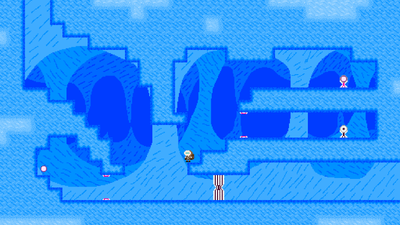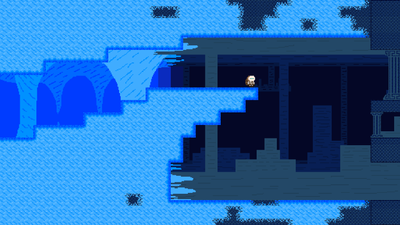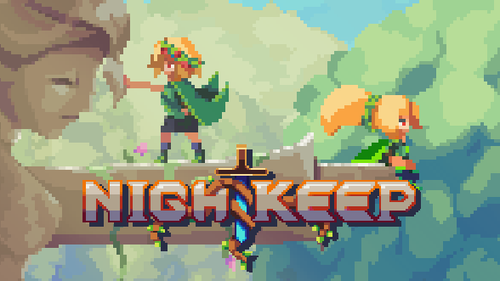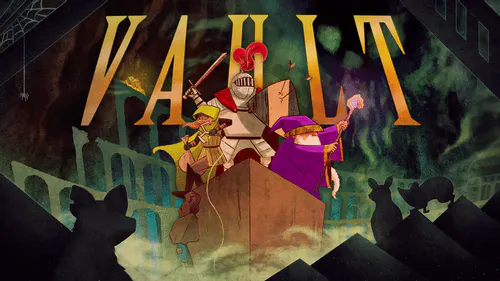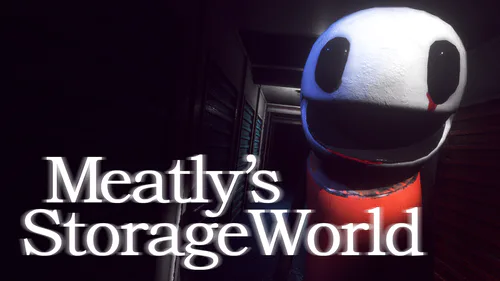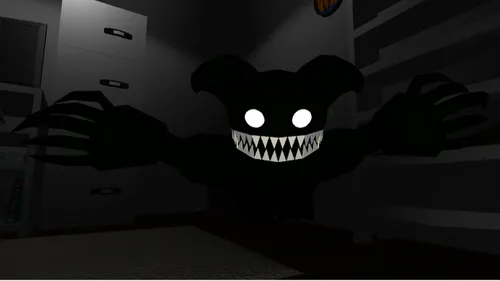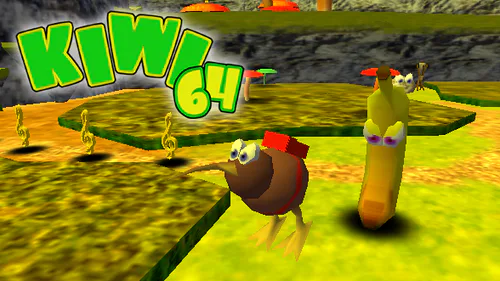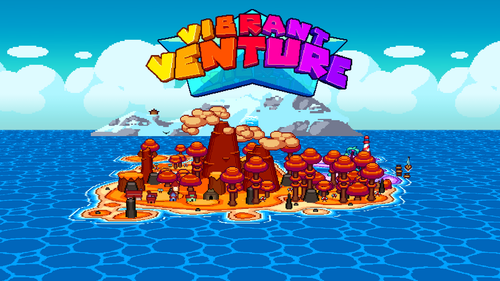Comments
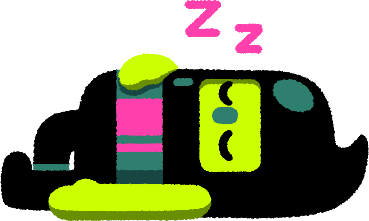
Fragmented Space
Fragmented Space is a small side-scrolling puzzle-platformer game that was created for my college class, and revolves around the fragility of reality itself. You play as Albert Plat, a researcher stationed in Antarctica. This particular research facility has recently uncovered a mysterious set of ruins that were hidden beneath the thick ice of the southernmost continent. While your facility has already made advances based upon the relics uncovered from the edges of the ruins, they have sent a group of researchers done to investigate deeper within. These fellow researchers, your friends and coworkers, have not returned from the excursion they began a week ago. Determined to find out what happened to them, you yourself must now delve into the icy caverns and ruins below, though be warned, reality does not enjoy being meddled with.
Solve small puzzles while platforming your way through the levels in order to progress deeper into the caverns.
Activate various mechanisms to clear the path forward, and make your platforming puzzles easier.
In later levels, use an ancient tool to remove tiles from the world itself, carving a path through the level while being wary not to fall out of bounds or break tiles that you shouldn't have.
This game was created using GameMaker Studio 2 under the Creator Windows License: https://www.yoyogames.com/
Music tracks were created using BeepBox: https://beepbox.co
Sound effects were created using ChipTone: https://sfbgames.com/chiptone/
Warning: This game contains flashing lights, along with visuals and sounds similar to TV static. Please do not play this game if you are prone to seizures.
I would like to thank several people for helping me out during the creation of this project:
Sean Keough for providing me with a design doc template and helping me determine what I should address in the template. He also doubled checked my game analysis before it was due and suggested similar games to me.
Connor Redwine for several ideas that I gained from when we worked together on a game jam project. These ideas included implemented objects that spawn their own collisions dynamically, creating "zones" that transport the player between rooms when touched, and using both BeepBox and ChipTone to create sounds. In particular, Connor used multiple pitches of sound effects to create variety. Connor also helped me solve an issue I was facing at one point with a line of text failing to display in the void.
Bob DeSchutter gave me the idea of having the camera zoom in as the world becomes less "stable", as well as the other distortions that occur. He also helped me to determine what I needed for my market analysis and level-design document.
Kacey Scoggins helped me solve a collisions issue that let the player phase through the ground, by suggesting that I directly compare the collider's and the player's y values to ensure the player remained above floor colliders.
And my mother and sister, for being great play-testers during these chaotic times.

